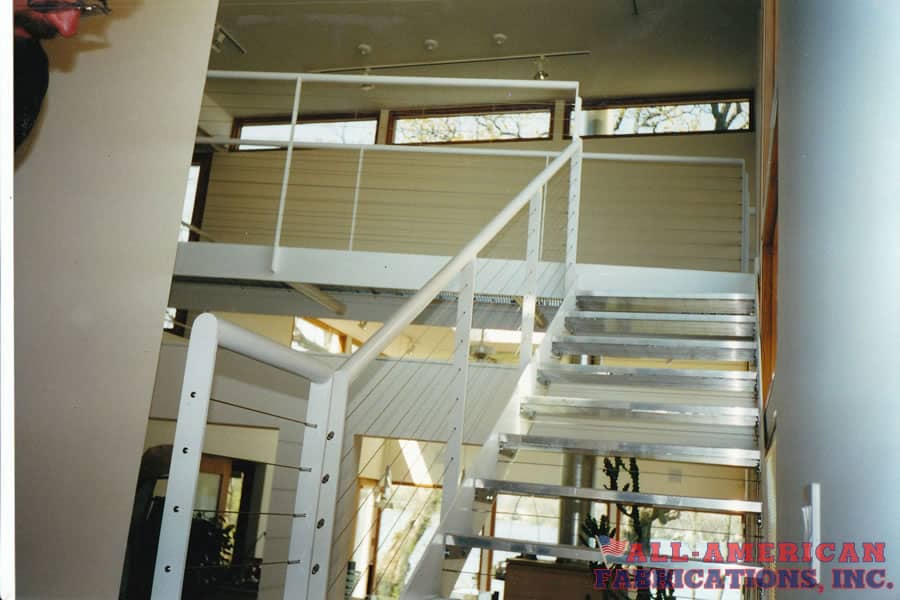
When you’re building or fixing up stairs at home, the railing isn’t just there to look good. It plays a big part in keeping people safe and following building rules. One detail that many homeowners overlook is the residential stair railing height. You might think a few inches higher or lower won’t make a difference, but it can actually affect if your stairs pass inspection or not.
In this blog, we’ll explain in simple terms why stair railing height is so important and how it connects to safety codes, especially when using ADA railings for stairs.
Stair Railing Height Is More Than Just Looks
Railings help people stay balanced and avoid falls. But they also have to meet certain rules to keep homes safe. Building codes are created to protect people of all ages and abilities.
This is where ADA railings for stairs come in. The Americans with Disabilities Act sets standards for public places, making sure they are safe and easy to use for people with disabilities. While these rules are mostly for public buildings, many homeowners and builders still follow them as a guide to build safer homes.
If your railing is too low, it won’t provide the support someone needs while going up or down the stairs. If it’s too high, it might be hard for kids or shorter people to reach. Getting the height right matters more than people often realize.
What Is the Standard Railing Height?
Most places in the United States, including Illinois, follow the International Residential Code (IRC). This code recommends that handrails should be between 34 and 38 inches above the stair tread (the flat part of the step). This range is considered safe for most users.
But railing height isn’t the only thing to keep in mind. The spacing between the balusters (the vertical bars), the size and shape of the handrail, and how far the railing sticks out from the wall all play a part. Each piece works together to make sure the railing is both safe and easy to use.
What Happens If the Railing Doesn’t Meet Code?
If the railing doesn’t meet the required height, there could be several issues. You might run into problems when trying to sell your home. A home inspector could notice the railing is too low or too high and ask you to fix it before the sale can go through.
More importantly, a railing that doesn’t meet the rules can increase the risk of someone getting hurt. A person might grab for the railing and miss it if it’s not where they expect it to be. That small mistake could lead to a serious fall. Making sure the railing is at the right height is about more than just rules; it’s about keeping people safe.
Wrap-Up Thoughts on Railing Height in Illinois
The residential stair railing height in Illinois usually follows the national standard of 34 to 38 inches, but there may be small differences depending on your city or county. Some areas may also include extra safety features that are similar to ADA railings for stairs, especially in multi-unit homes or houses with older residents.
If you are building new stairs or making changes to old ones, it’s best not to guess. Measure carefully, use the right metals, and get help from people who know the local building rules. Getting the railing height right keeps your home safer and helps avoid costly mistakes later.